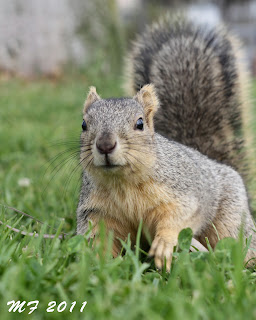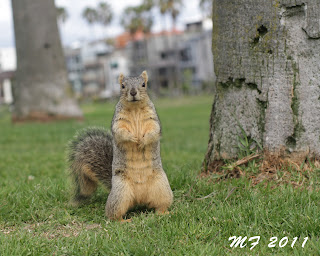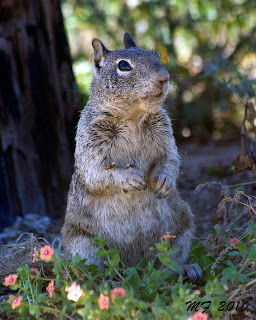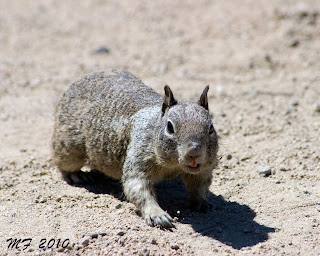Fuji Neopan 400
Canon Elan 7n
Rodinal 1:100 Stand Development
Canon Elan 7n
Rodinal 1:100 Stand Development
Vasquez Rocks is a part of a 905 acre natural area park located in northern Los Angeles County. If the rocks look familiar to you it's because they are a popular filming location in Southern California. Probably most famous for their appearance in the original Star Trek series, the rock formations have been used in episodes of Friends, Roswell, MacGyver, Buffy the Vampire Slayer, and many others. Several feature length films have also used the rocks for location shoots including, Bill & Ted's Bogus Journey, Short Circuit, Blazing Saddles, and the Austin Powers franchise. The formations even inspired the back drop of Radiator Springs in the Pixar movie Cars.
The formation got its name from the notorious bandit Tiburcio Vasquez, who is said to have used the rocks as a hideout in the 1870's. This area may also have been significant to the native peoples of California. Rock art has been found in the surrounding formations that date back to 450 AD and have been attributed to the Tataviam tribe (a Shoshone speaking people). The area is also likely to have been occupied prior to the arrival of the Tataviam, most likely by people of Chumash origin.
Efke 25
Minolta Hi-Matic AF2
Rodinal 1:100 Stand development
The geology of the region is quite fascinating. Much of the rocks are made up of sand and silt sediments which eroded of of the San Gabriel Mountains to the south around 25 million years ago. About the same time the North American Plate overrode the Farallon Plate and came in contact with the Pacific Plate forming the San Andreas fault system. The tectonic activity brought molten lava to the surface that formed basalt flows area. In the millions of years since repeated episodes of tectonic uplift and surface weathering have created the iconic structures.
Vasquez Rocks are easily accessible from the Antelope Valley Freeway, CA 14 (See Google Map). It makes a great day trip for the family. The hiking trails are easy to traverse, and there are picnic tables and restrooms at the base of the formation. If you want something fun and outdoors the whole family can enjoy you should check the park out.
Vasquez Rocks are easily accessible from the Antelope Valley Freeway, CA 14 (See Google Map). It makes a great day trip for the family. The hiking trails are easy to traverse, and there are picnic tables and restrooms at the base of the formation. If you want something fun and outdoors the whole family can enjoy you should check the park out.
Fujichrome Velvia 50
Yashica A
Arista C-41 Uni-powder kit
Kodak Ektachrome 160T
Yashica A
Arista C-41 Uni-powder kit
Arista EDU 100
Holga 120S
Rodinal 1:100 Stand development
Fuji Neopan 400
Canon Elan 7n
Rodinal 1:100 Stand Development
Canon Elan 7n
Rodinal 1:100 Stand Development
Kodak 800 (Redscale)
Canon Elan 7n
Arista C-41 Uni-powder kit






















